The third RItaly, 2019 – 2020 The third R is an investigation on some Italian plants for treating waste to be recycled and transformed in new products. The quantity of WEEE (Waste from Electric and Electronic Equipment) produced globally has reached 56 million tons/year in 2020, of which 12 million tons/year are attributable to the countries of the European Union alone. Each ton contains about 200 grams of gold and, at present, only 14% of this noble material is recovered at the end of the life cycle of the various electronic products. According to estimates made by Enea (Italian National Agency for Energy), from the treatment of 1 ton of electronic cards (those present in: PCs, tablets, smartphones and new generation appliances) it is possible to obtain 129 kg of copper, 43 kg of tin, 15 kg of lead, 0.35 kg of silver and 0.24 kg of gold, for a total value of over 10 thousand euros (at the current market price). In 2019 alone, over 343 thousand tons of WEEE were collected in Italy, corresponding to approximately 43% of the total WEEE. But this implies that about 57% of WEEE is still disposed on alternative routes (such as landfill or export abroad) that do not guarantee respect for the environment nor an effective management of resources. Plastic waste management is one of the crucial challenges for the sustainability of humanity. Tons of plastic waste are produced every day, many of which end up “outside” the recycling or proper disposal chain. In Italy, the share of urban plastic waste that is collected correctly has been steadily increasing over the last decade. In 2018, almost 1.4 million tons of plastic, made up of 94% packaging, entered the separate collection chain. But what happens to plastic waste, once it has been sorted and thrown away? Depending on the material they are made of, they can meet three different fates: recycling, waste-to-energy or, in the worst case, landfill. Photos are from WEEE sorting plant of STENA RECYCLING ITALY, plastic sorting plant of HERA S.p.A, plastic treatment plants of PEBO S.p.A and REPLAST GROUP S.p.A, waste-to-energy plant of HERA S.p.A. Published on Radar Magazine. |
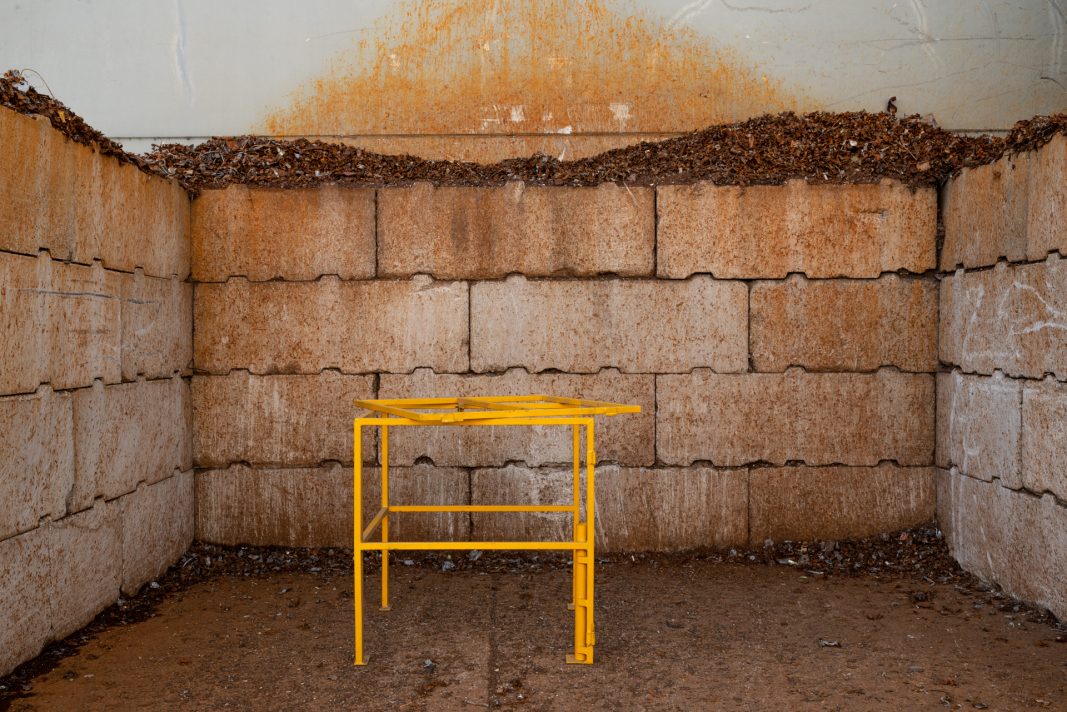
|
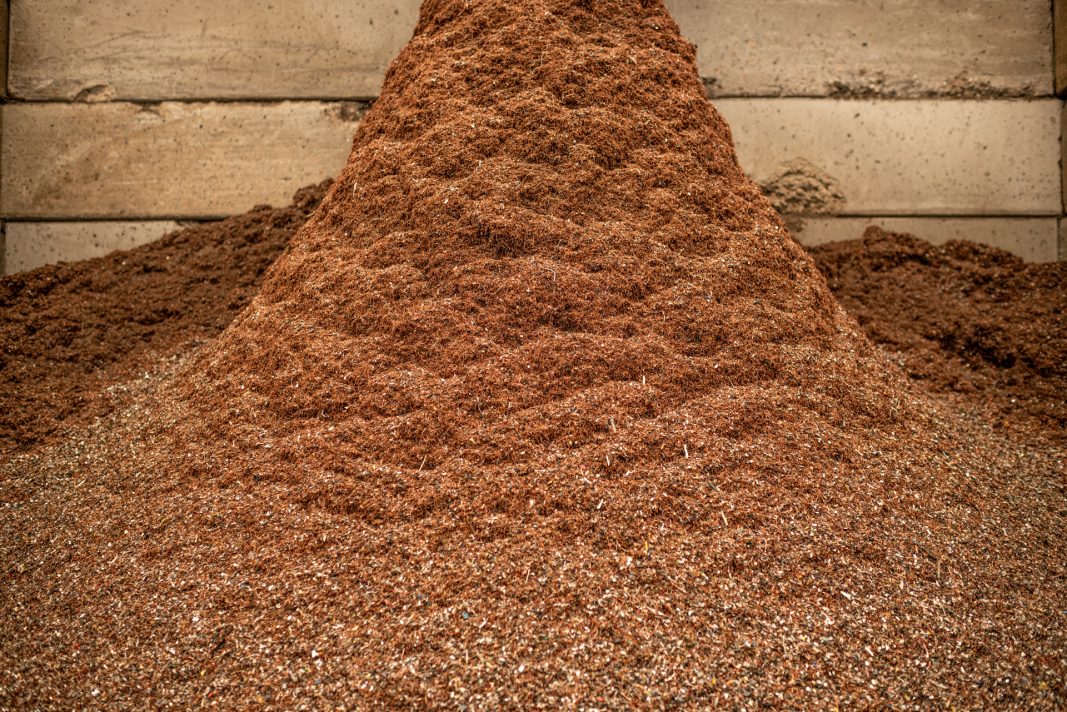
|
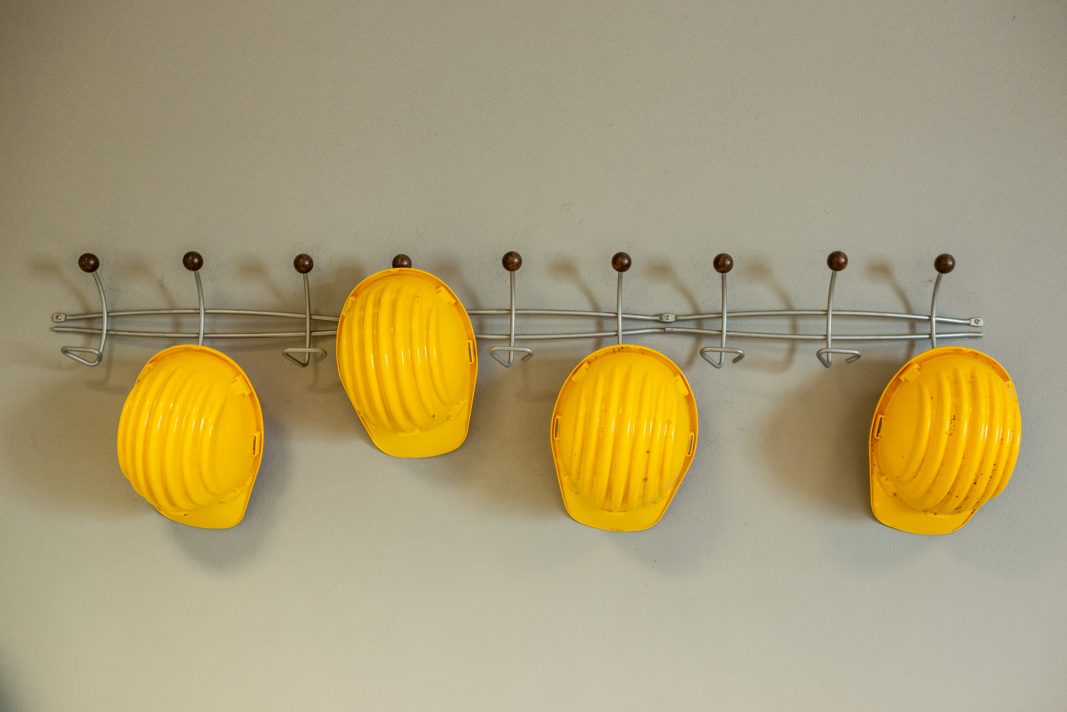
|
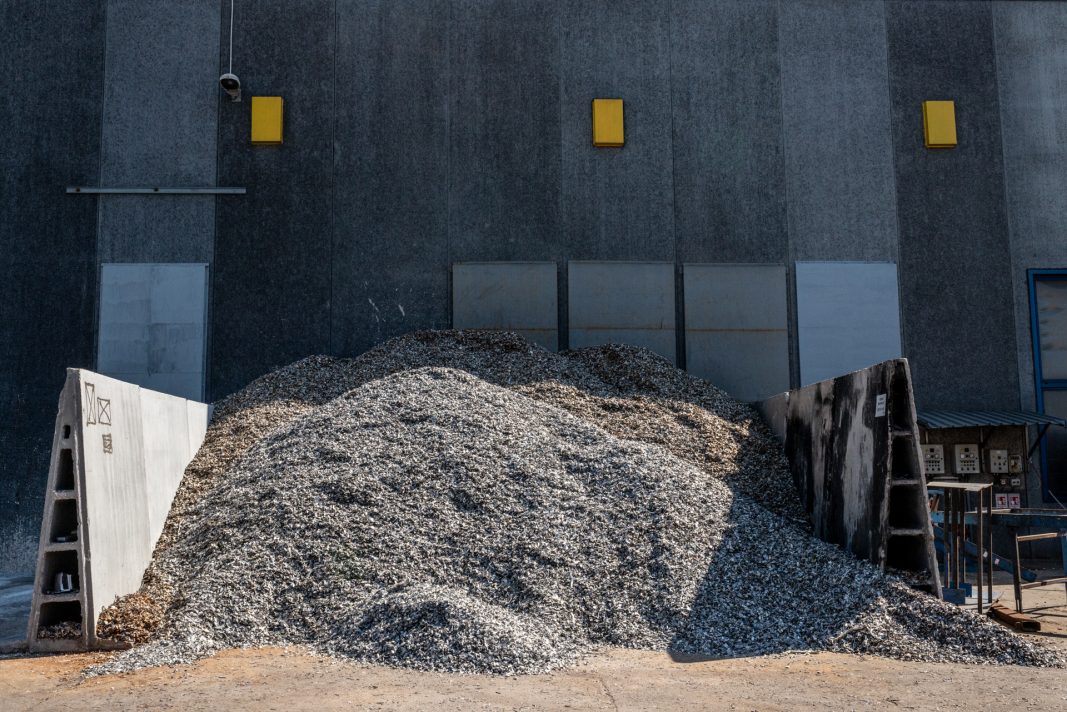
|
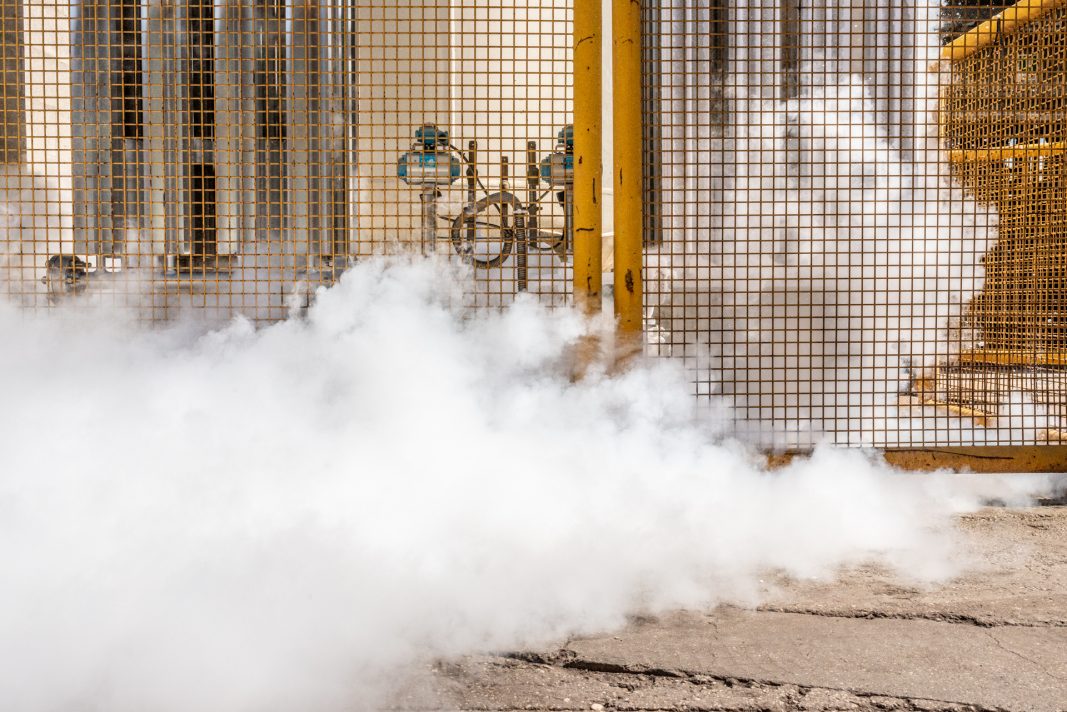
|
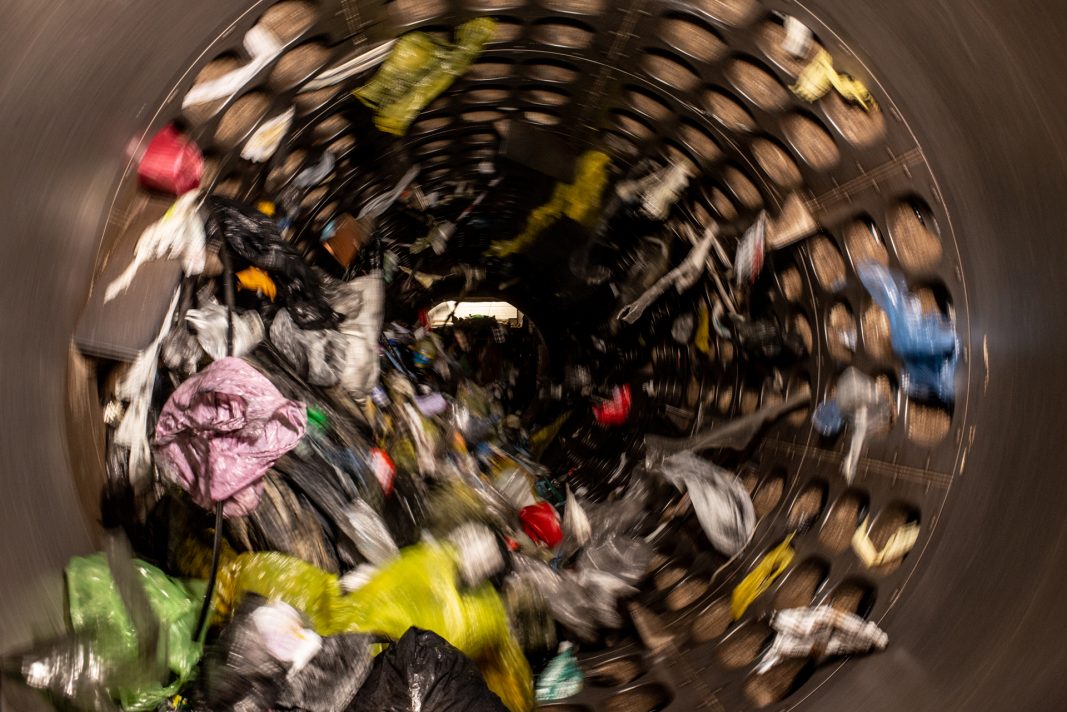
La prima fase di separazione meccanica dei materiali plastici avvine mediante passaggio in un vaglio
rotante inclinato con fori del diametro progressivo da 5cm a 40cm. La frazione separata inferiore a
5cm costituisce lo scarto del processo e viene inviata al termovalorizzatore. Le altre frazioni più grosse
entrano in due flussi per la separazione bidimensionale e tridimensionale. Elisabetta Zavoli per Radar Magazine
|
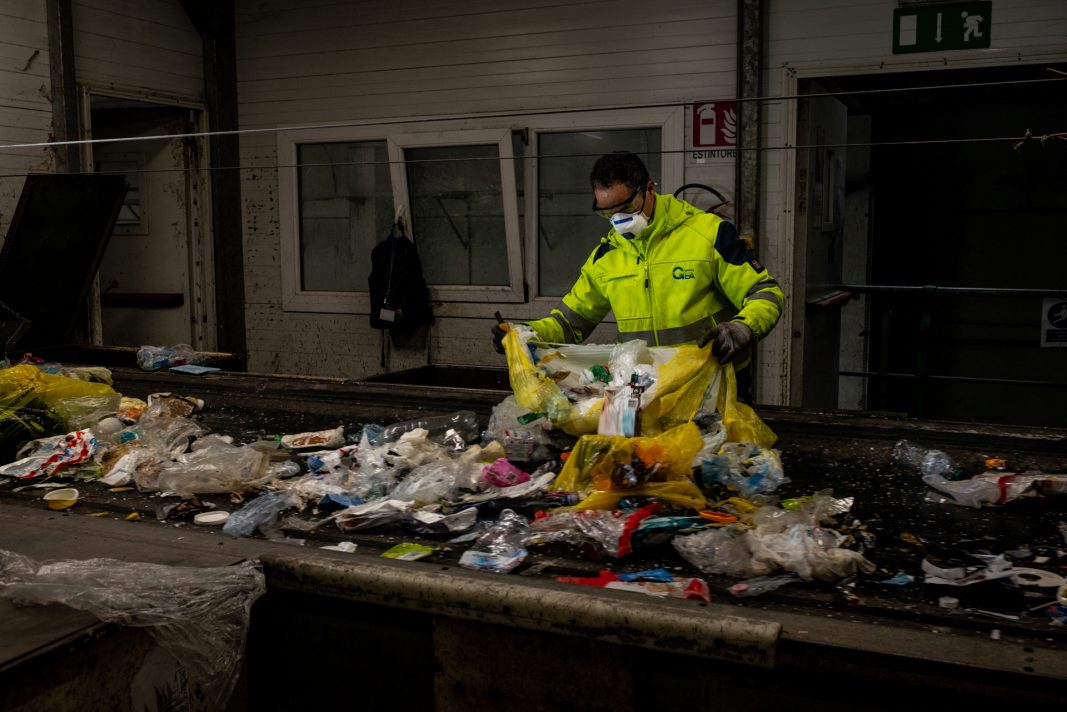
|
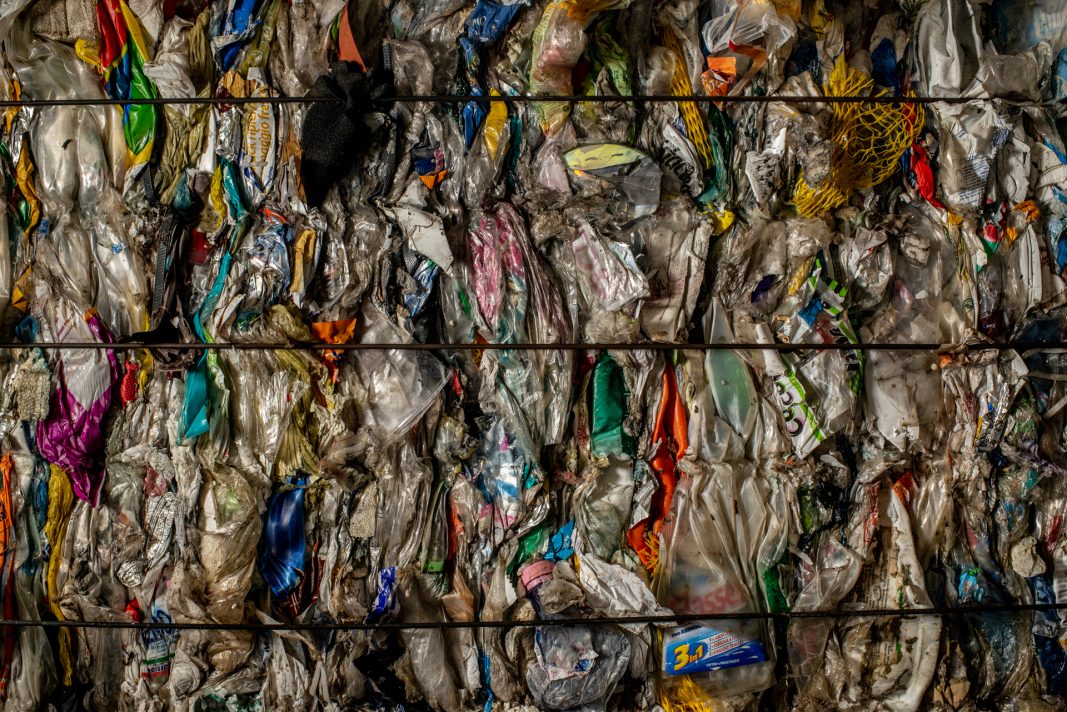
Una balla di materiale plastico in uscita dall’impianto di selezione e trattamento di Hera S.p.A.
a Granarolo dell'Emilia (BO), pronta per essere ceduta al Consorzio di Recupero Plastiche (CO.RE.PLA.) e ad altre aziende private del territorio nazionale al fine di essere reimmessa nel ciclo di fabbricazione degli imballaggi. Elisabetta Zavoli per Radar Magazine.
|
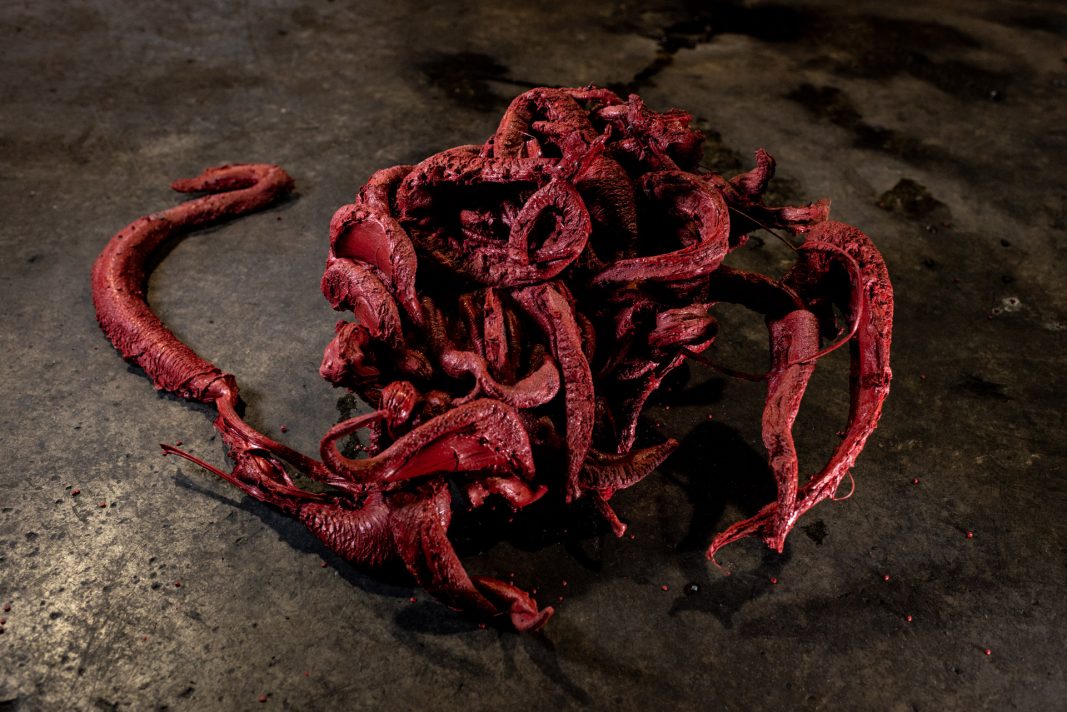
|
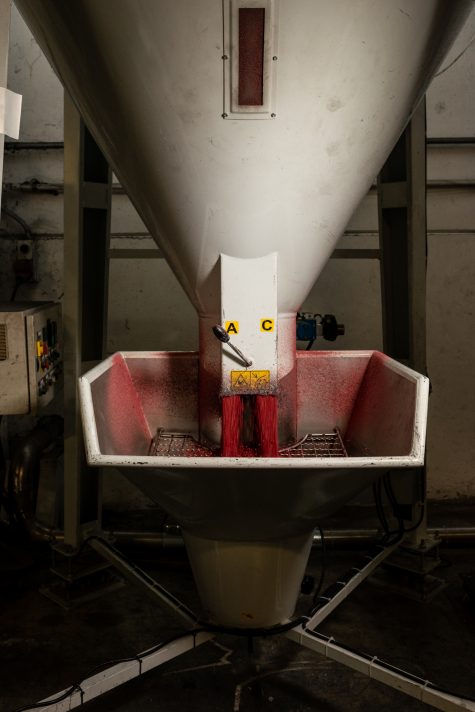
|
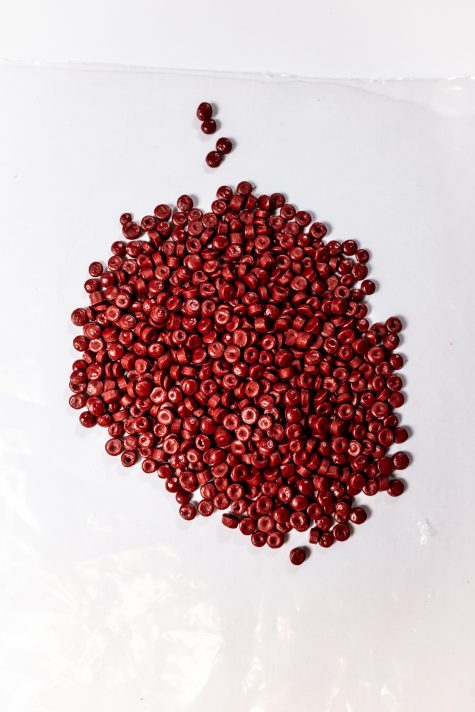
|
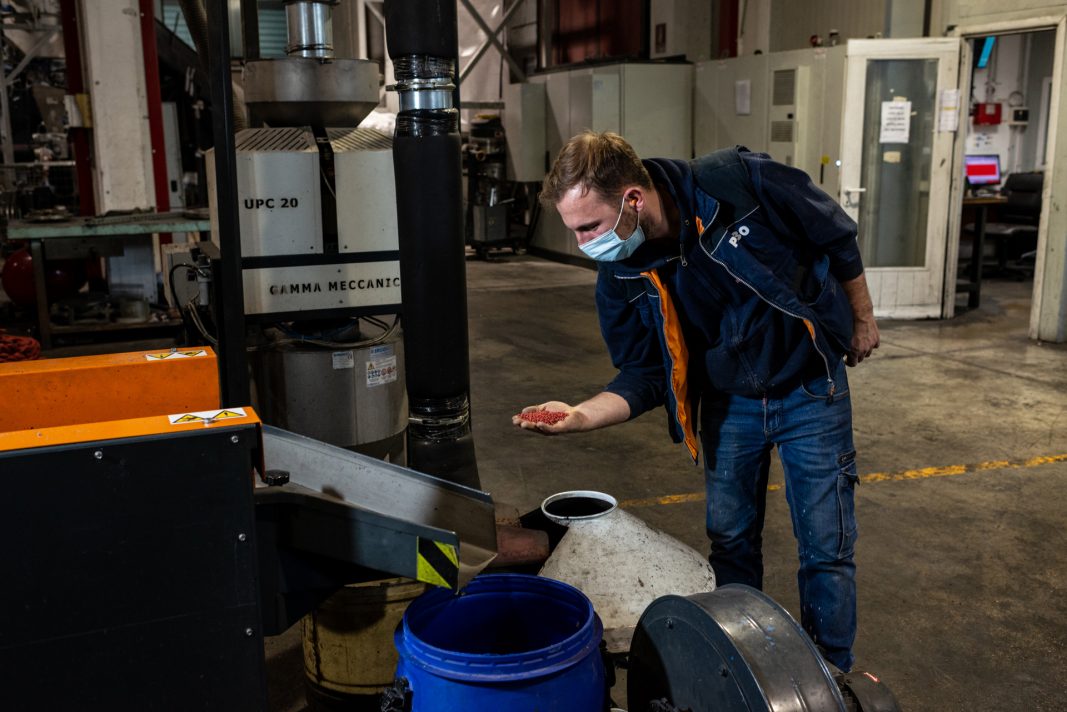
|
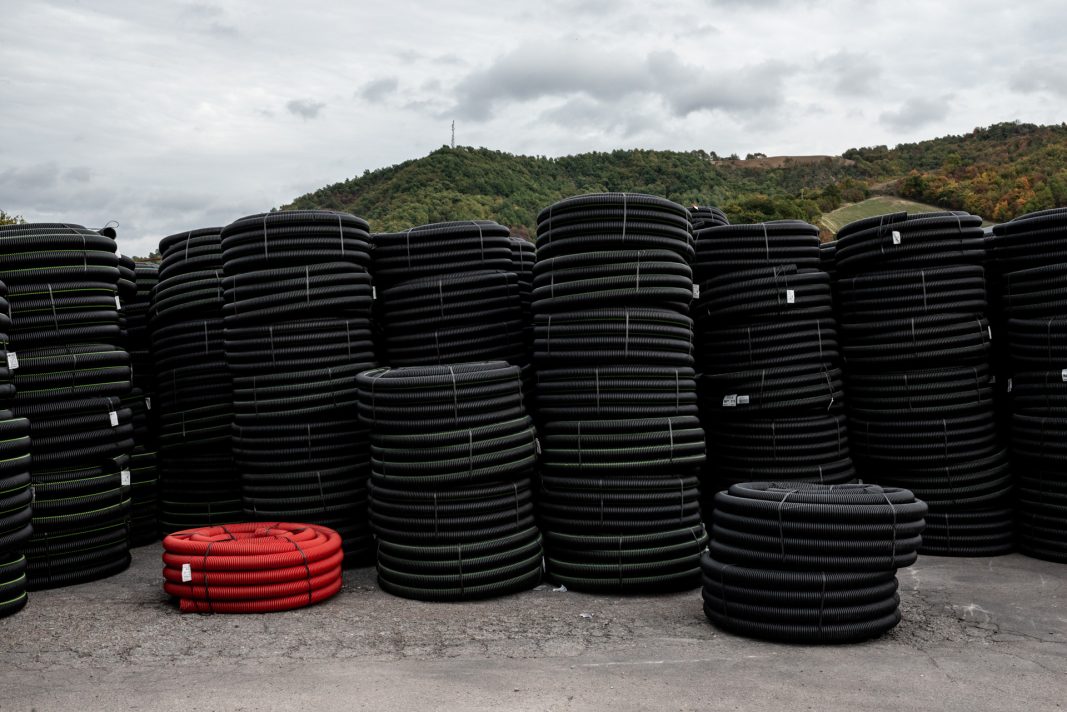
|
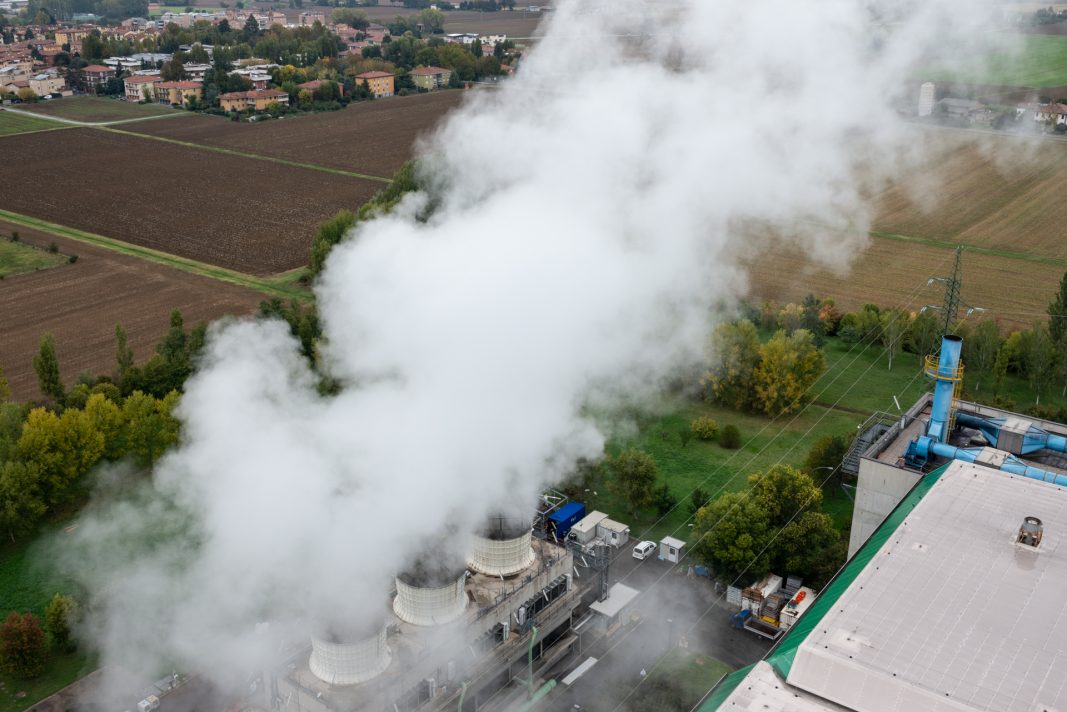
|
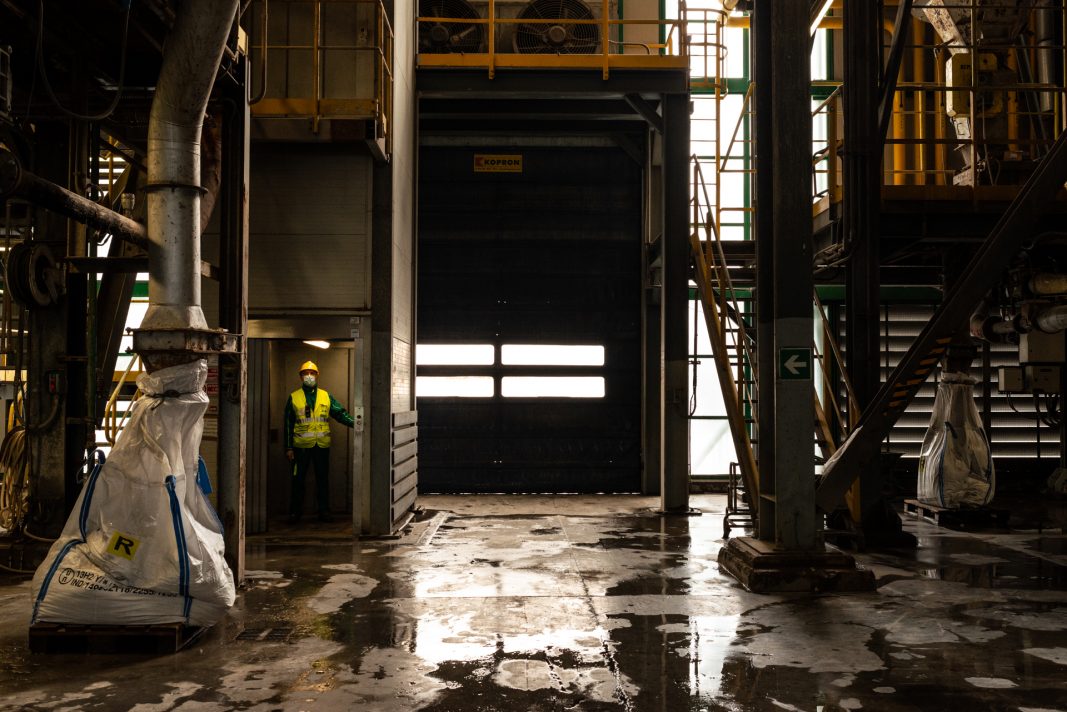
|
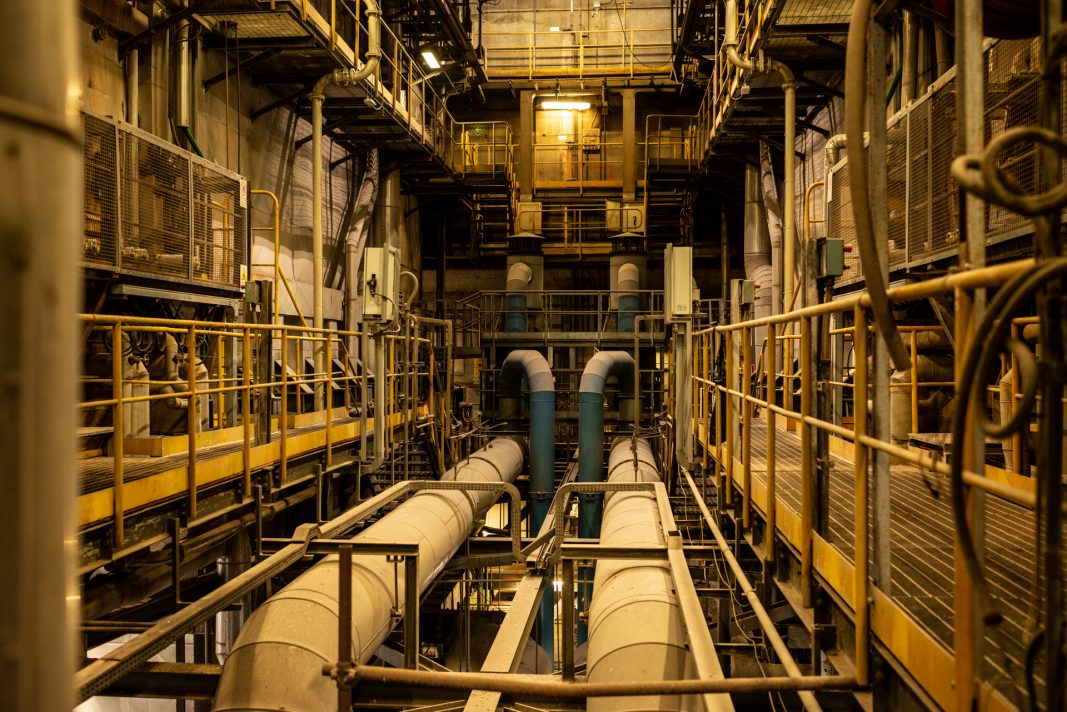
|
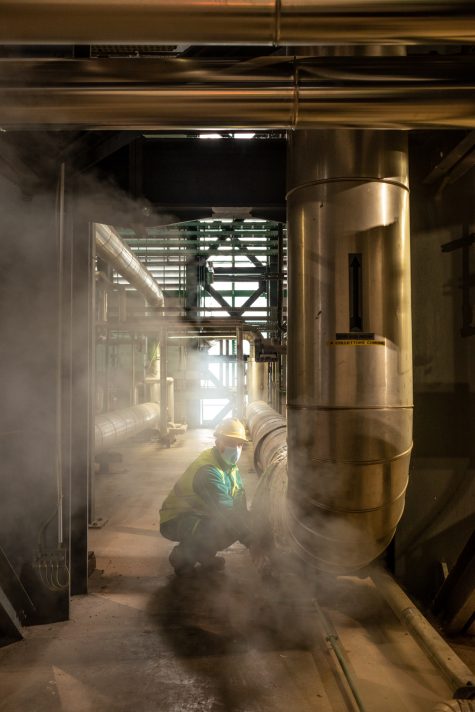
|
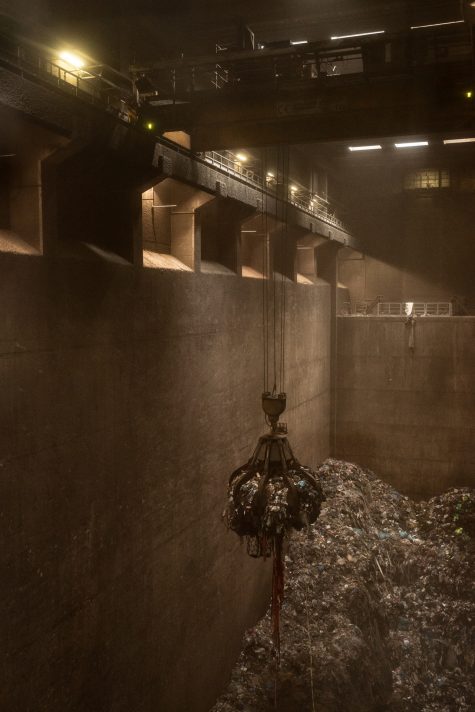
|
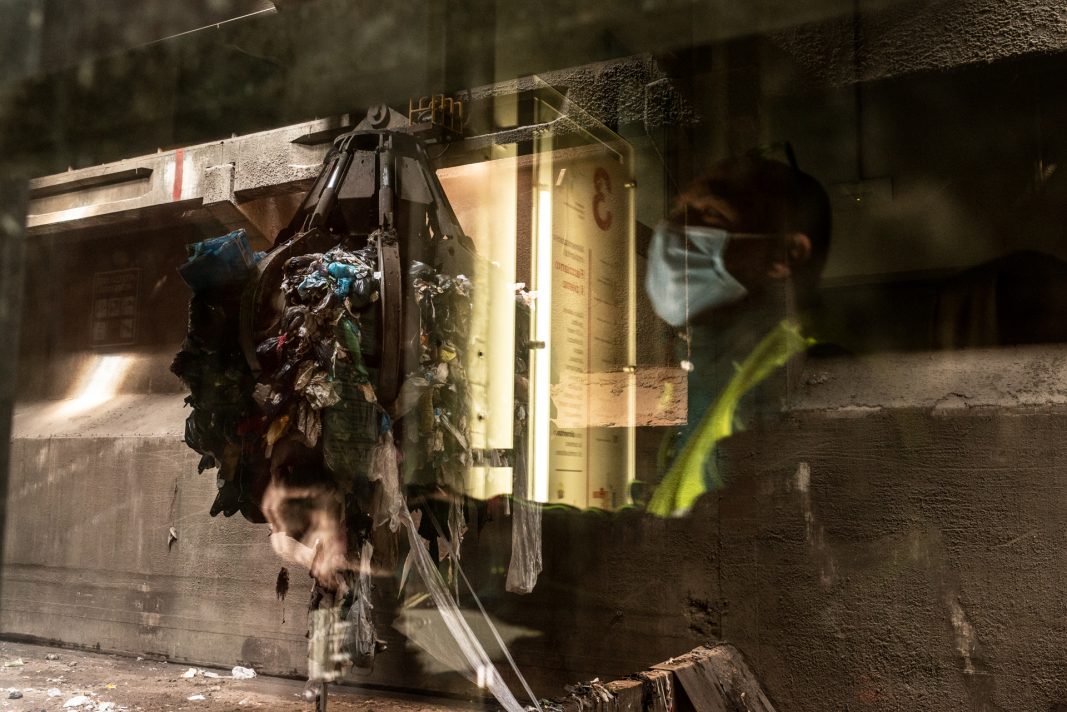
|
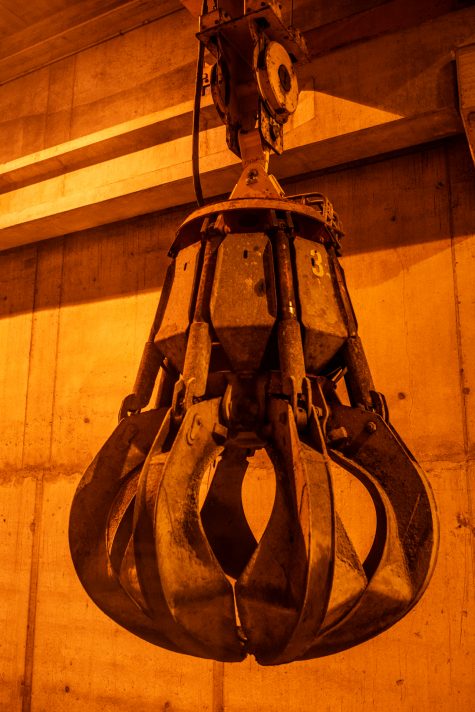
|
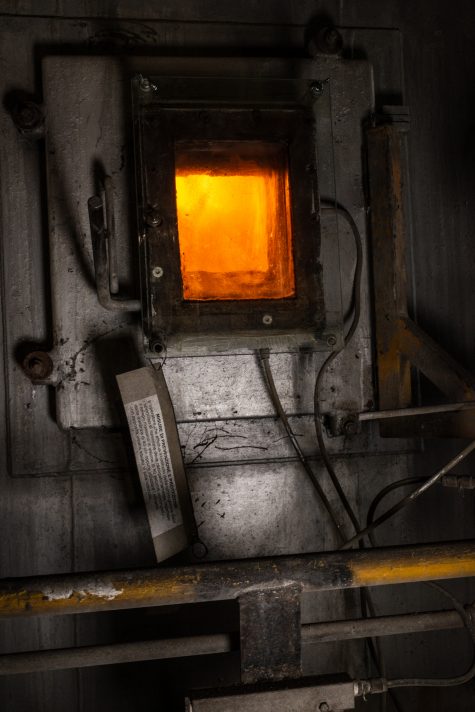
|
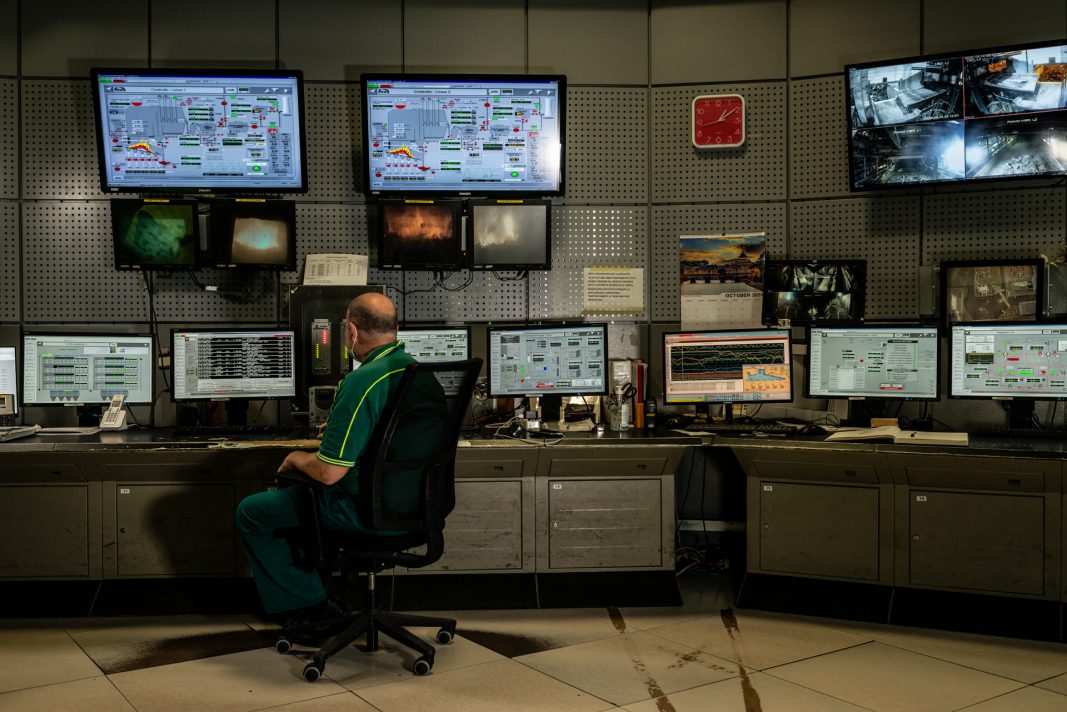
|